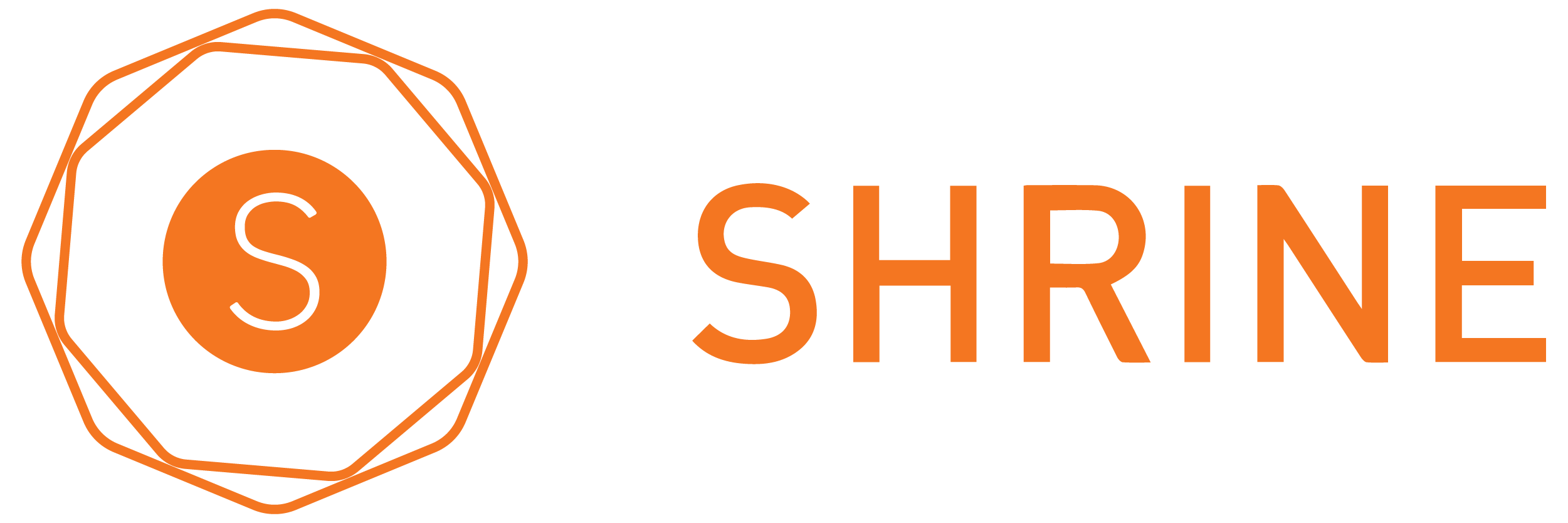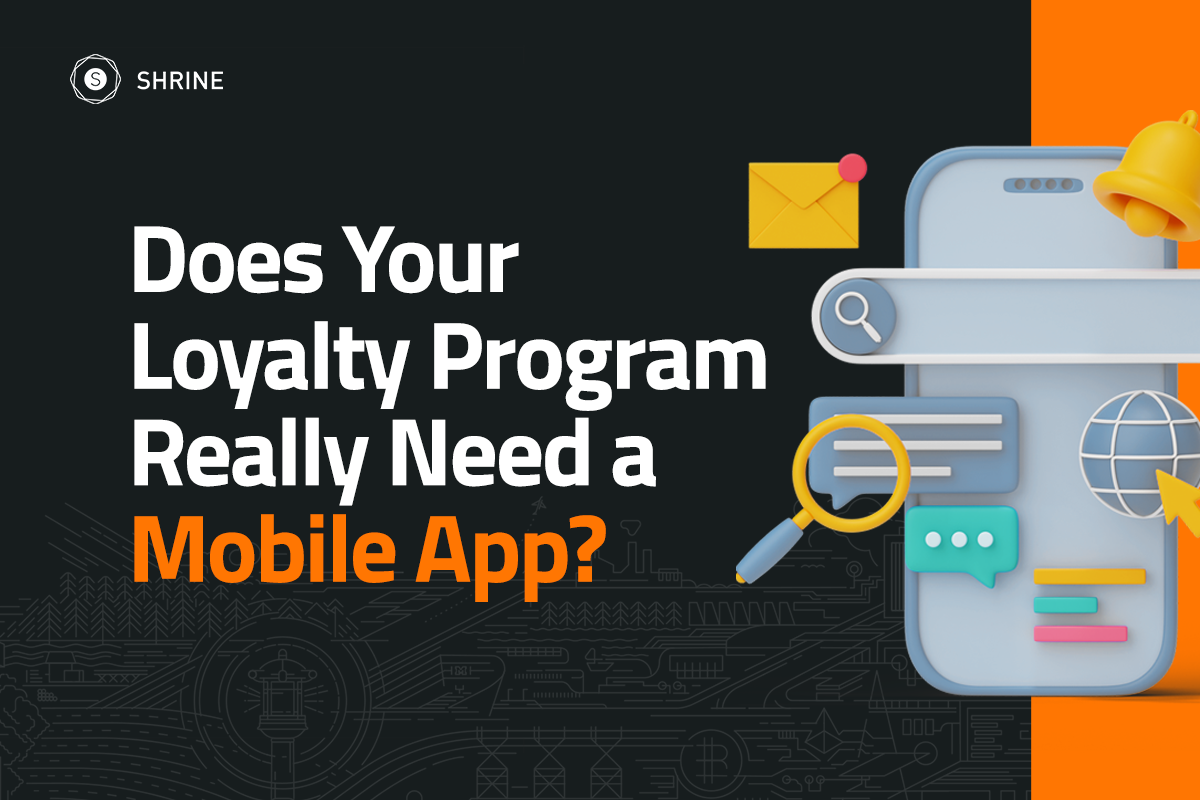Finding a developer for an app is tricky because software development itself is tricky. It’s not like building a website.
As many as 44% of development projects fail, according to a 2017 study by the Project Management Institute. (If you want to know more about why they fail, check out this post where I explain the two biggest reasons.) The industry is riddled with pitfalls.
In my position, I get to talk with a lot of really smart entrepreneurs and business owners. They come from all different industries, and many of them know their business in and out but have little direct experience with software development. I’ve seen too many who have experienced heartbreaking business failures when a development project went sour and the idea never launched.
The act of coding software requires a particular technical precision. Asking a website developer to build your app is like asking your family doctor to perform brain surgery. It doesn’t mean they aren’t good at what they do, but the level of training and practice is vastly different.
There are many different ways to successfully build your app, which I recently covered in my five-part series on How to Get Your App Developed. Regardless of which method you choose, there are a few best practices you should follow to increase your chances of success. Here are my three best tips for anyone who is building an app for the first time.
Validate the idea before you start developing your app.
It’s never been easier to build an app, and you’ll find plenty of frameworks in the marketplace encouraging you to just “get started now.” But those often produce garbage end products that no one actually uses.
Don’t just build an app because it’s “cool” or because everyone else has an app. Build it because there is an unfulfilled need in the marketplace. The average software project costs $150,000. That’s a serious financial commitment, and one that should only be undertaken after you’ve researched the viability of your idea. You’re taking a leap of faith, but make sure that you’re giving yourself a chance to succeed.
Start by talking with your target audience to find out what their true needs are. Ask questions about what is lacking in the industry you serve, where are the headaches and roadblocks. Ask them how they are currently solving some of their biggest challenges. Then bring your idea into the conversation: would it address those issues? Make their lives easier? If you build it, will they subscribe or purchase it? Whenever possible, try to get real feedback and a firm commitment.
Hire a professional designer to design your app.
Invest in high quality design and I guarantee you will save money and time in the long run.
Particularly if you’re working with a lone developer (maybe a friend or a freelancer), this is important. Developers are not UI/UX experts. There are plenty of places to find solid graphic designers online, including sites like Upwork and Fiverr. You could even hire a design agency.
Ideally, your design work should actually take place before you begin the development phase. I’ve talked at length about the importance of prototyping your ideas and the role process plays in the outcomes. Before you write a single line of code, prototype the concept and ask real customers to provide feedback. You’ll save yourself thousands in development costs by building the app right the first time.
By all means keep your project “lean.” But lean doesn’t mean winging it or launching an app without a clear plan and intention. If you’re interested in learning more about the role design plays in the development process and how to progressively introduce your app to the marketplace, I recommend reading Steve Blank’s “The Startup Owner’s Manual.”
Make sure you have a clear perspective on reality and you are not simply hearing what you want to hear.
If you’re handed a quote for a way-below-market price, don’t jump for joy quite yet. It may be a sign that the firm you’re working with doesn’t understand your app’s technical specifications, or that they’re low-balling the estimate only to add on costs down the road that lock you into their service. Scrutinize the feedback you’re receiving. You have to be able to trust your development partner, and part of that trust comes from establishing clear communication channels and a solid scope of work. Even better, find a trusted friend and ask them to help.
The same rule applies to customer feedback. Are you getting genuine, actionable information, or just hearing what you want to hear? Are they giving you vaguely positive feedback like “that’s a nice idea”? Here’s why it’s a red flag and a sign that you should reevaluate your approach.
Regardless of the path you choose to develop your app, the number-one criteria should be a trusted partner. We would love for that partner to be Shrine. If you are interested shoot me a DM or contact our team.




